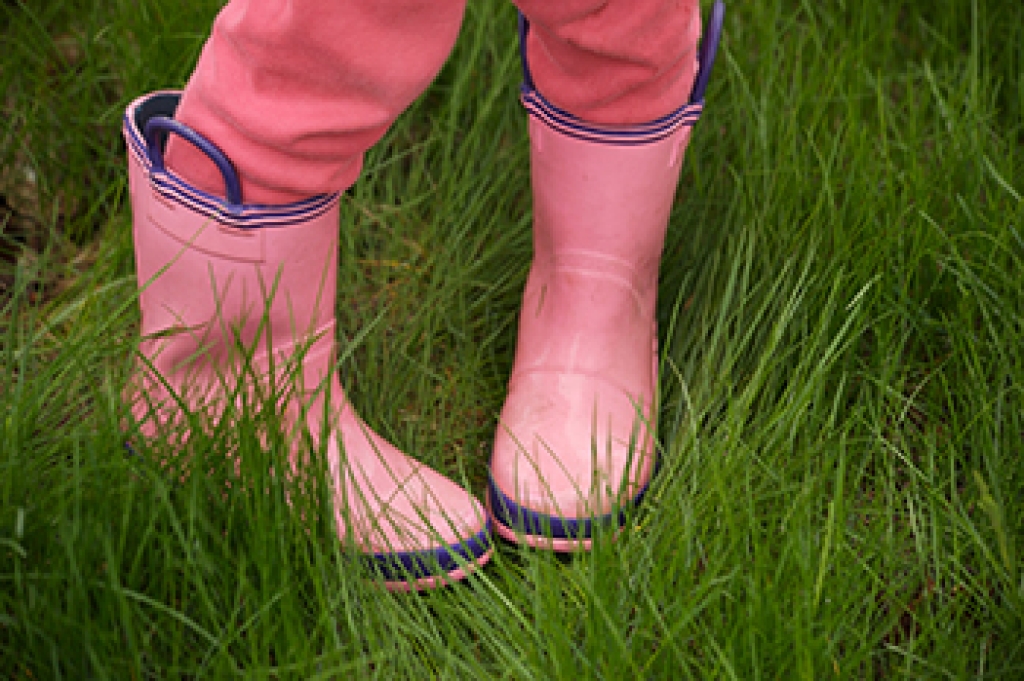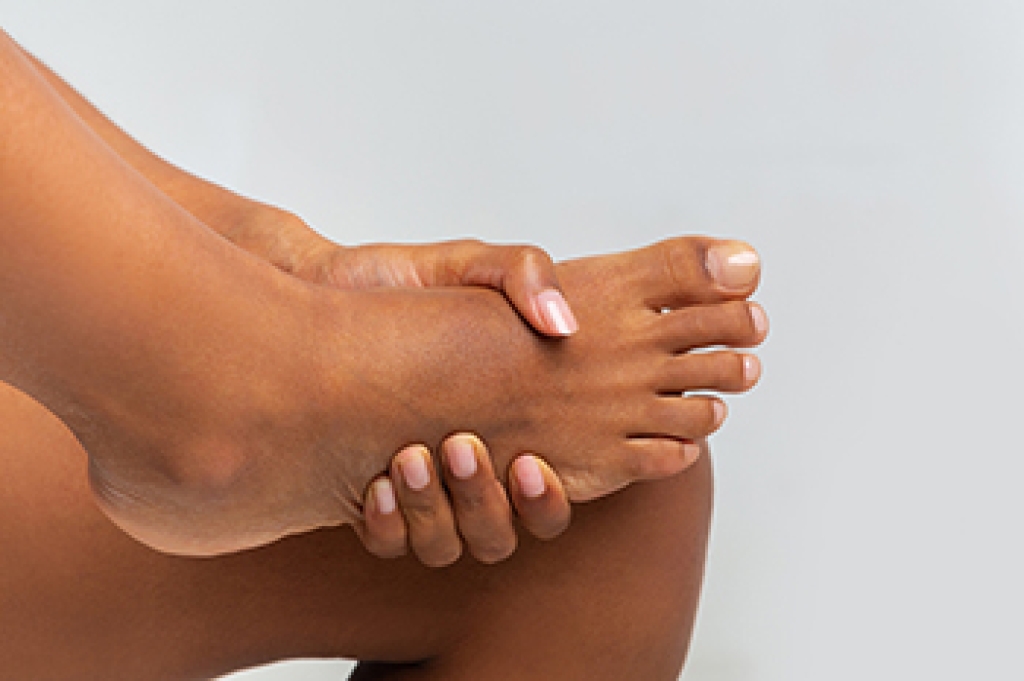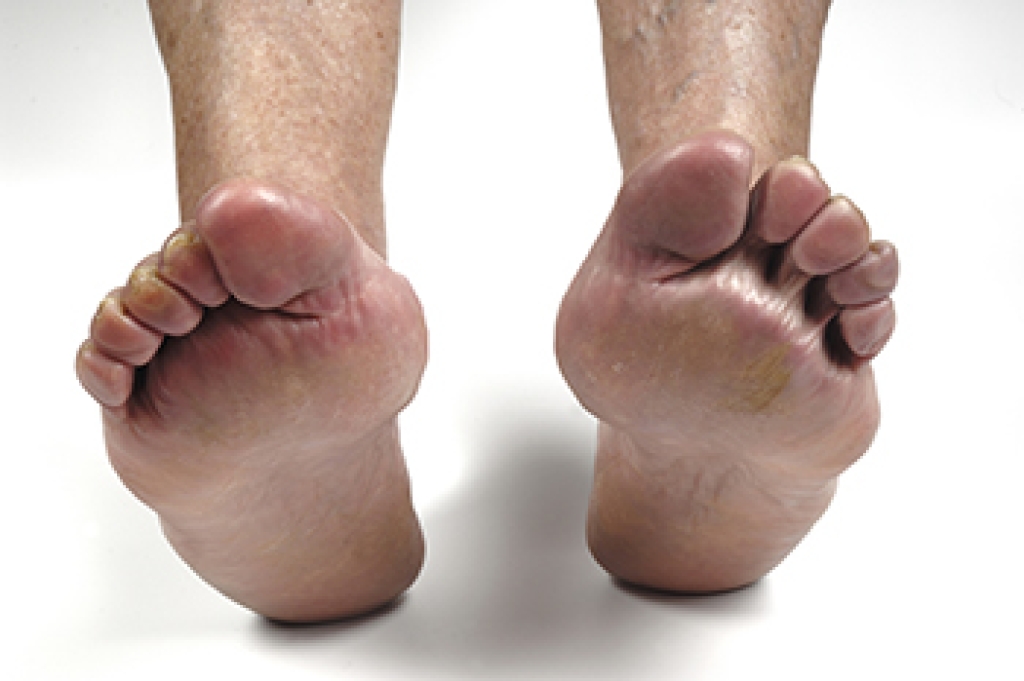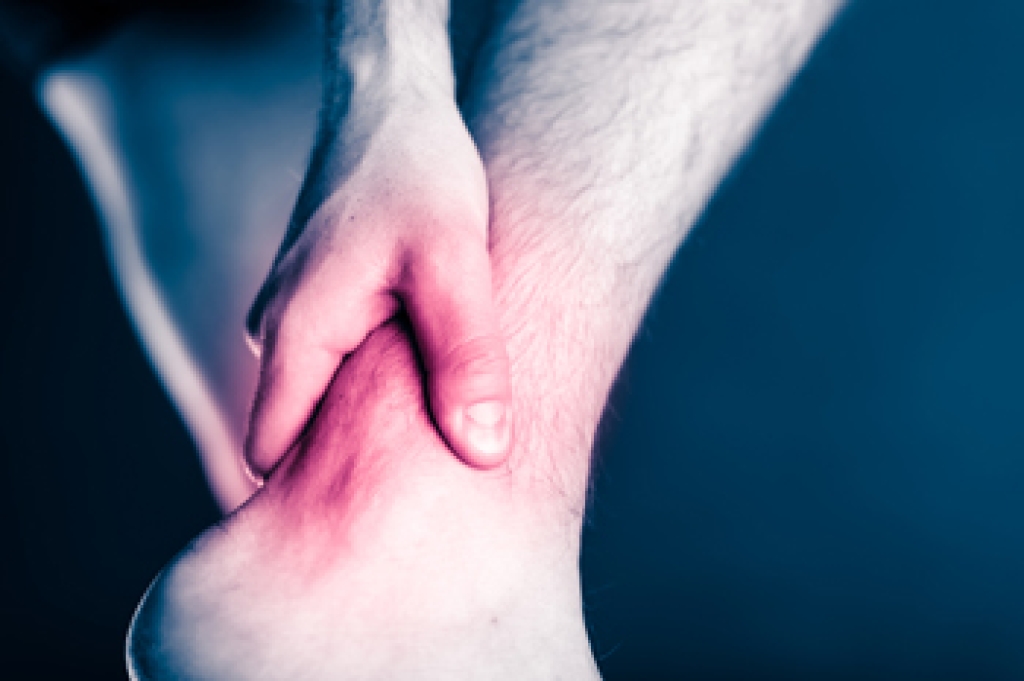
A baby’s feet are soft, flexible, and still developing, which makes proper care essential for healthy growth. Gently wash and dry your baby’s feet daily, and trim toenails straight across to prevent ingrown nails. Avoid wearing tight socks or shoes that restrict natural movement and allow the feet to move freely. Encourage gentle foot exercises such as kicking or grasping to strengthen muscles and improve coordination. Common foot concerns in babies include in-toeing, out-toeing, and curly toes, which often improve as they grow. A podiatrist can evaluate your baby’s feet, provide guidance on healthy development, and address any concerns early. If your child has any foot pain or has symptoms of specific foot conditions, it is suggested that you schedule an appointment with a podiatrist who can provide effective treatment solutions.
Making sure that your children maintain good foot health is very important as they grow. If you have any questions, contact Tanya R. Sellers-Hannibal, DPM of Maryland. Our doctor can provide the care you need to keep you pain-free and on your feet.
Keeping Children's Feet Healthy
Having healthy feet during childhood can help prevent medical problems later in life, namely in the back and legs. As children grow, their feet require different types of care. Here are some things to consider...
Although babies do not walk yet, it is still very important to take care of their feet.
Avoid putting tight shoes or socks on his or her feet.
Allow the baby to stretch and kick his or her feet to feel comfortable.
As a toddler, kids are now on the move and begin to develop differently. At this age, toddlers are getting a feel for walking, so don’t be alarmed if your toddler is unsteady or ‘walks funny’.
As your child gets older, it is important to teach them how to take care of their feet.
Show them proper hygiene to prevent infections such as fungus.
Be watchful for any pain or injury.
Have all injuries checked by a doctor as soon as possible.
Comfortable, protective shoes should always be worn, especially at play.
If you have any questions, please feel free to contact our office located in Owings Mills, MD . We offer the newest diagnostic and treatment technologies for all your foot care needs.




